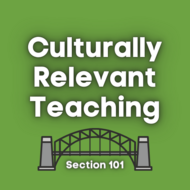(View Complete Item Description)
Students begin this activity by experimenting with Silly Puttyâ„¢ to identify different stresses that rocks can experience, and examining the relationship between stress type and strain. This lays the foundation for students to understand that the structure (strain) we see in rocks provides evidence for the type of stress that caused it. Students apply this idea by examining images of faults and folds to determine how the structures formed. Additional evidence is collected through experimentation with sponge models. Students summarize their ideas and evidence for each image in a short written paragraph or in alternative presentation format. Sponge models are particularly useful because they allow students to interact physically with the models to consider the forces necessary to create these features as well as visualizing deformation in 3-D.
Material Type:
Activity/Lab
Author:
IRIS


















